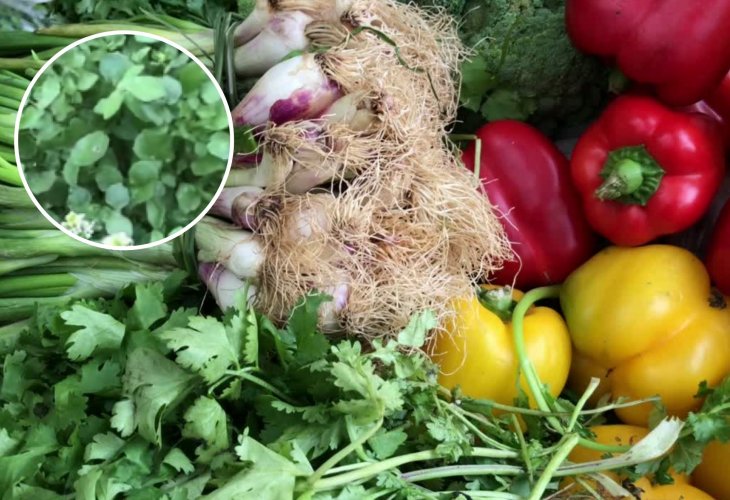Health and Nutrition
The Healthiest Vegetable in the World: Why You Should Add Watercress to Your Diet
Backed by science, watercress takes the crown for a second time — here’s what makes it a nutritional powerhouse

You've probably heard of it before, but how often do you actually include it in your regular meals?
A study published by the U.S. Centers for Disease Control and Prevention (CDC) has ranked watercress as the world’s healthiest vegetable, a title it first received back in 2014. What earned it the top spot again?
According to researchers, this latest analysis didn’t only evaluate common nutrients like vitamins and minerals, but also looked closely at iron, calcium, and protein content. The study assessed a range of essential nutrients including niacin, vitamin K, vitamin C, calcium, potassium, thiamine, riboflavin, vitamin B12, and a full spectrum of vitamins A through E.
Why Watercress Stands Out
This time around, the researchers focused specifically on two standout vitamins that watercress contains in unusually high amounts — vitamin C and vitamin K.
Most of us are familiar with vitamin C: it supports a strong immune system and contributes to overall health and resilience. Vitamin K is less often talked about although it is crucial for:
Bone health – Vitamin K plays a vital role in maintaining bone density and strength.
Blood clotting – It helps the body clot properly, which is essential for healing and overall circulatory health.
How to Add Watercress to Your Diet
Add watercress to salads, sandwiches, smoothies, omelets, or even blend it into a pesto. It has a mildly peppery flavor — similar to arugula, but with a unique nutritional edge.
With its unmatched levels of immune-boosting vitamin C and bone-strengthening vitamin K, watercress has more than earned its reputation as the world’s most nutrient-dense vegetable. If it’s not already a part of your menu, this might be the perfect time to give it the spotlight it deserves.

